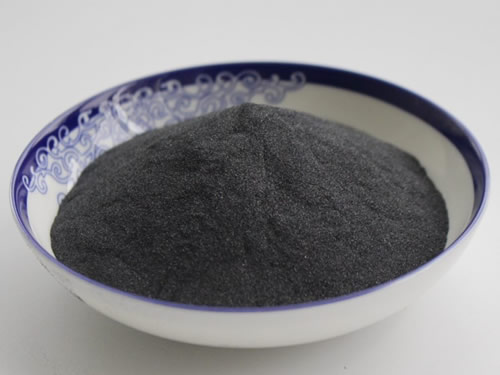Development and application status of boron carbide in my country
1. Overview of Boron Carbide
1. Boron carbide has a series of advantages such as low density, high melting point and high hardness. It has a wide range of applications in structural materials, chemical industry, nuclear energy, electric power industry, composite ceramics and other fields.
2. Boron carbide powder and ceramic preparation method
(1) Preparation methods of boron carbide powder: carbothermic reduction method, self-propagating high-temperature synthesis method, direct element synthesis method, chemical vapor precipitation method, mechanical alloying method, solvothermal method, precursor cracking method.
(2) Preparation methods of boron carbide ceramics: hot pressing sintering, atmospheric sintering, activation sintering, hot isostatic pressing sintering, spark plasma sintering, reaction infiltration.
Carbothermal reduction and hot pressing sintering are currently the main manufacturing technologies for boron carbide powder and ceramic products in domestic enterprises.
2. The status quo of my country's boron carbide industry
Current status of domestic boron carbide production: smelting capacity 10000-12000 tons/year, processing capacity: less than 8000 tons/year. Domestic demand: 2400-3000 tons/year, of which the proportion of refractory materials and mixed raw materials is much larger than that of grinding and engineering ceramics.
Foreign demand: 3000-3500 tons/year, mainly distributed in Asia, Europe and North America. Export price: US$6800-12400/ton. Import price: 29,000 US dollars/ton, European import price 74,000 US dollars/ton.
Third, the future development direction of boron carbide
(1) New development of boron carbide technology
1. Manufacturing technology of high-purity and ultra-fine boron carbide powder
2. Boron carbide ceramic forming and sintering technology
3. Precision machining technology of boron carbide ceramics
(2) Application and new development of boron carbide
1. Nuclear-grade boron carbide engineering ceramic reactor isolation control rods and nuclear power plant shielding materials.
2. Boron carbide bulletproof ceramics and radiation materials.
3. Boron carbide structural ceramics, high-temperature electrode materials and heat sinks for large-scale old-scale integrated circuit electronic devices.
4. Semiconductor devices and medical anti-radiation wall surface with boron carbide.


